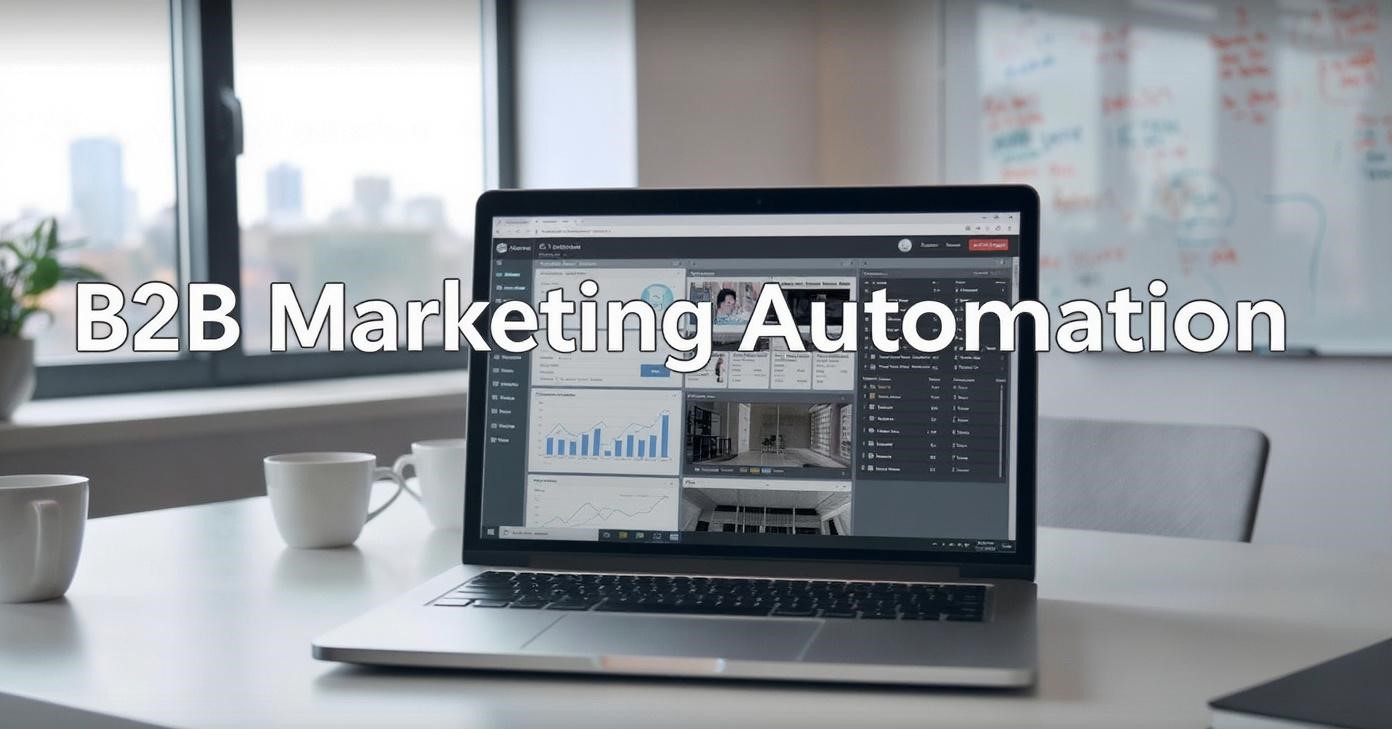Australian organisations face increasing regulatory expectations, heightened cyber threats, and the constant need to keep internal teams productive. As a result, leaders are looking for practical ways to strengthen risk and compliance practices without exhausting already busy staff or diverting resources from core operations. The key is to build a framework that is structured, repeatable, and supported by the right tools and processes—rather than relying on manual effort or ad-hoc responses

Why Traditional Approaches No Longer Work
For many businesses, risk and compliance activities are still treated as periodic tasks rather than ongoing responsibilities. Spreadsheets, scattered documents, and inconsistent reporting methods often create unnecessary confusion. This approach leads to duplication of work, uncertainty about ownership, and a growing sense of fatigue among teams.
Modern regulatory requirements demand continuous monitoring, clear evidence, and quick escalation of issues. As threats evolve faster than ever, businesses need approaches that improve visibility and accountability without overwhelming the people responsible for managing risk day to day.
Building a Sustainable Risk & Compliance Foundation
Start With Clear Governance
A sustainable approach begins with clarity. Every organisation should define ownership for key elements such as risk assessments, incident reporting, policy reviews, and control monitoring. When responsibilities are assigned with precision, staff know where they fit, what they’re accountable for, and how their work supports broader organisational goals.
Prioritise What Truly Matters
Not all risks are equal. Instead of trying to address everything at once, rank risks based on likelihood, impact, and relevance to your operational environment. This prioritisation allows teams to focus on activities with genuine business value, reducing unnecessary effort while improving overall posture.
For example, a business that handles high volumes of customer data may prioritise data protection controls and incident escalation pathways, while an organisation in manufacturing may prioritise operational technology risks and supply chain oversight.
Use Frameworks That Remove Guesswork
Established frameworks such as ISO 27001, NIST CSF, and the Australian Government’s Essential Eight help businesses simplify risk management by providing clear direction. These frameworks outline what needs to be done and how often, reducing guesswork and giving teams a structured roadmap to follow.
Frameworks also support consistency. Even as your organisation grows, staff turnover occurs, or new technology is introduced, your risk and compliance system remains anchored to an organised and predictable structure.
Technology as a Force Multiplier
Automate Where Possible
Automation is one of the most effective ways to increase capability without increasing workload. Modern platforms can streamline activities such as:
-
Risk register updates
-
Compliance reporting
-
Reminders for policy reviews
-
Security control monitoring
-
Incident tracking and documentation
These tools ensure essential tasks are completed on schedule while reducing manual administration.
Centralise Documentation and Evidence
A common source of frustration is the time spent searching for evidence, past reports, or old assessments. A centralised system for storing documentation eliminates this issue. It ensures everything is kept up to date, version-controlled, and easy to access, dramatically reducing unnecessary workloads.
Monitor in Real Time
Continuous monitoring tools provide immediate insight into vulnerabilities, misconfigurations, and emerging risks. Instead of scrambling to fix issues after annual audits, your team can respond proactively. This real-time approach significantly enhances resilience while reducing the last-minute pressure that often comes with compliance activities.
Empowering Your People
Provide Focused, Practical Training
Training does not need to be overwhelming or time-consuming. Brief, targeted education is far more effective than long, generic sessions. Staff should understand:
-
What risks are relevant to their role
-
How to identify suspicious activity
-
How to report concerns
-
Why policies exist and how they protect the business
Empowered staff become an extension of your security strategy rather than a source of accidental risk.
Encourage a Culture of Collaboration
Risk and compliance is not just an IT or legal responsibility. It requires involvement from every department, from finance to HR to operations. Encouraging collaboration ensures potential issues are identified earlier, and solutions are more practical and aligned with how different teams work.
A collaborative environment also reduces resistance. When staff understand the purpose behind each requirement and are invited to contribute ideas, compliance becomes a shared responsibility rather than a burden.
Improving Posture Without Adding Pressure
Introduce Small Changes Gradually
Large, sudden changes can overwhelm even the most experienced teams. Break your strategy into small, manageable phases. This could include:
-
Introducing a new risk register in month one
-
Rolling out updated policies in month two
-
Implementing monitoring tools in month three
This phased approach prevents overload and increases long-term adoption.
Measure and Improve
Effective programs rely on consistent measurement. Regular reviews help identify where your processes are strong and where improvements are needed. Over time, this transforms risk and compliance from a reactive process into a mature, strategic capability.
Final Thought
Strengthening your organisation’s risk and compliance posture does not mean adding more tasks or overwhelming your team. By using structured frameworks, harnessing automation, prioritising high-impact activities, and fostering a culture of shared responsibility, businesses can significantly improve their resilience without compromising productivity. With the right combination of governance, tools, and collaboration, risk and compliance becomes a powerful enabler of stability, efficiency, and long-term confidence across the organisation.


